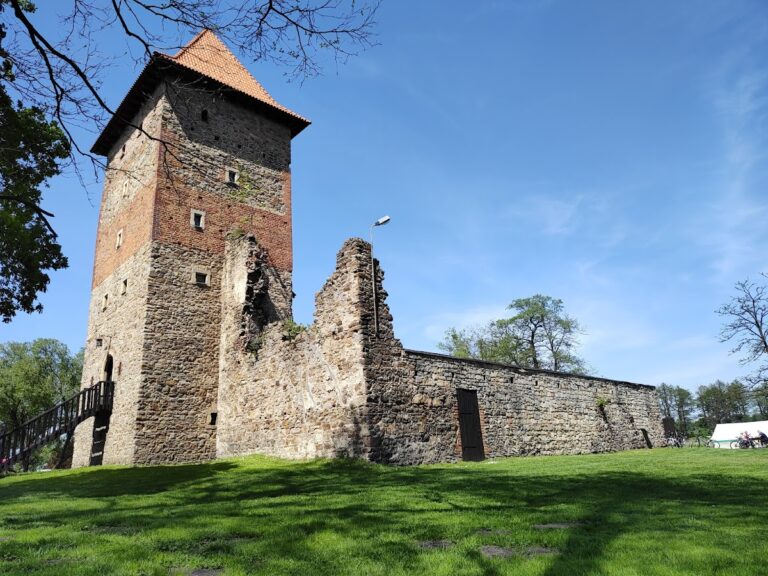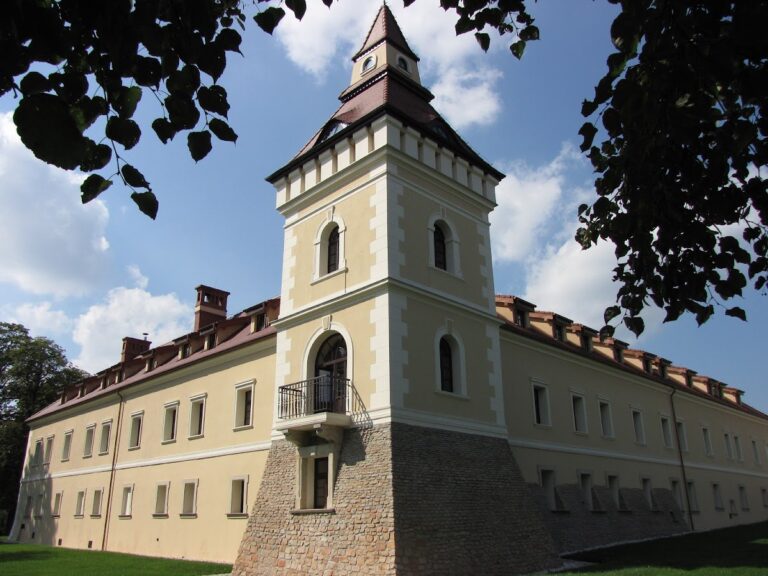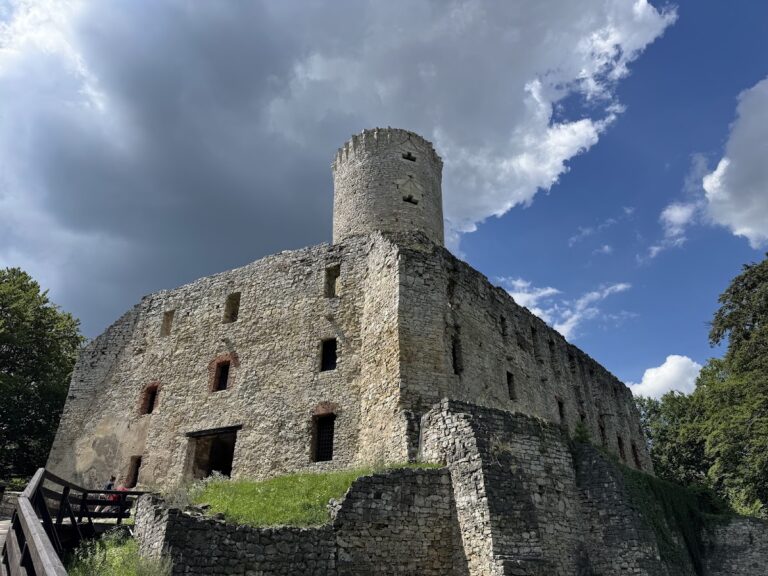Sielecki Castle: A Historic Fortress in Sosnowiec, Poland
Visitor Information
Google Rating: 4.5
Popularity: Low
Google Maps: View on Google Maps
Official Website: www.zameksielecki.pl
Country: Poland
Civilization: Medieval European
Remains: Military
History
Sielecki Castle is situated in Sosnowiec, Poland, and was originally constructed by the local medieval Polish society. Its origins reach back to the late Middle Ages, with the earliest known record of a defensive structure on this site dating to 1403. Subsequent mentions in 1430 and 1465 link the property to Jakub Duch of Dębno, a royal courtier, indicating the site’s longstanding association with notable figures of the era. This early fortification likely formed the foundation upon which later expansions were built.
In 1620, Sebastian Minor, bearing the Półkozic coat of arms, completed a significant construction that transformed the original fortalice into a more elaborate castle consisting of four wings arranged around a central courtyard. This development was commemorated by a plaque that remains within the castle’s chapel today. Over the centuries, the castle passed through the hands of several noble families including the Minors, Modrzewscy, and Tęgoborscy. Later owners included Colonel Michał Żuliński and Jordan Stojewski, a royal chamberlain, reflecting the castle’s continuing importance to Poland’s nobility.
At the start of the 19th century, the castle entered a new phase of ownership when it was acquired in 1802 by Christian Ludwig Schimmelpfennig von der Oye, a Prussian general. Following his death in 1812, the property changed hands two years later to Prince Ludwig Anhalt-Coethen von Pless. A devastating fire in 1824 severely damaged the structure, leading to reconstruction efforts completed in 1832 under the guidance of architect Józef Heintz. This rebuilding involved the removal of the eastern wing and the filling in of surrounding defensive moats, altering the castle’s original layout.
Later in the 19th century, Countess Charlotta von Stolberg-Wernigerode zum Hochberg became the owner in 1841, followed by Count Andrzej Renard from 1856. The Renard family ran a mining company and utilized the castle as office space, a role that continued until the outbreak of World War II. After 1945, the castle served administrative functions connected to mining and briefly accommodated the Mining Museum. Between 1977 and 1980, the building underwent major renovations and was adapted to house the Central Polish Glass Pattern Shop and Museum of Contemporary Glass until its closure in 1995 due to deterioration. City-led restoration from 1999 to 2002 established the Sosnowiec Center of Art within the castle, and further conservation work was carried out in 2015.
Remains
Sielecki Castle was originally designed as a fortified fortalice, constructed predominantly from broken limestone and brick. Its layout consisted of four wings arranged around a central courtyard, a form completed in 1620 that likely incorporated elements of earlier structures. The building rises two stories above a basement level, with imposing massing emphasized by four corner towers and projecting risalits—sections of wall that extend outward—from the side wings. The roofs feature gables and are covered with sheet metal, while the towers are topped by tent-shaped helmets, contributing to the castle’s defensive appearance.
Following the damage caused by the fire in 1824 and the subsequent reconstruction in 1832, the eastern wing was removed, including the main entrance gate, and the original defensive moats surrounding the castle were filled in. This transformation resulted in a three-winged, horseshoe-shaped structure open on one side, adapting the castle to post-medieval needs.
One of the most notable interior spaces is located on the first floor of the northern wing, which houses a former chapel. This room features a barrel vault ceiling with lunettes—half-moon shaped openings or recesses—and decorative geometric stuccowork. The chapel’s roof is hipped, meaning it slopes on all sides, and is crowned by a bulbous turret with an octagonal lantern that allows light inside. Within the chapel remains the commemorative plaque honoring Sebastian Minor, dating from 1620, alongside the Półkozic coat of arms, both testifying to the castle’s historical lineage.
Archaeological investigations carried out during the modern restoration uncovered subsurface remains beneath the tower floor. These preserved relics are now on display and offer insight into the castle’s layered past, illustrating the site’s continuous development from its medieval origins through subsequent centuries.










